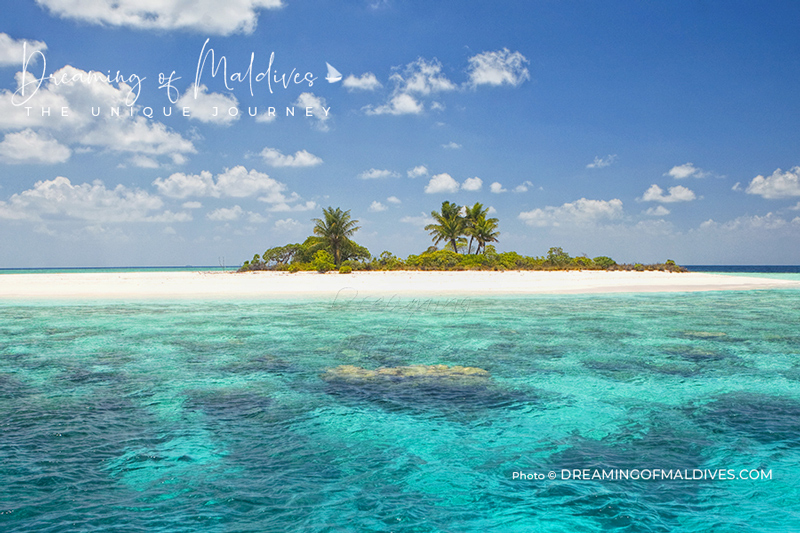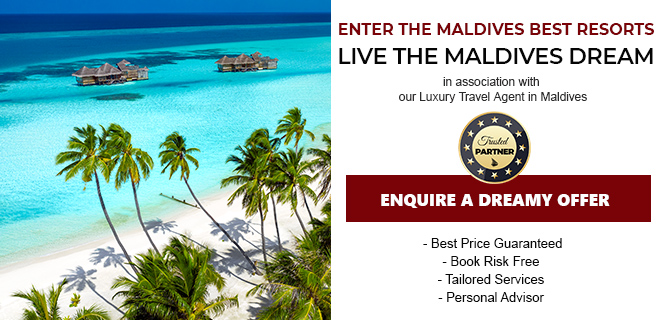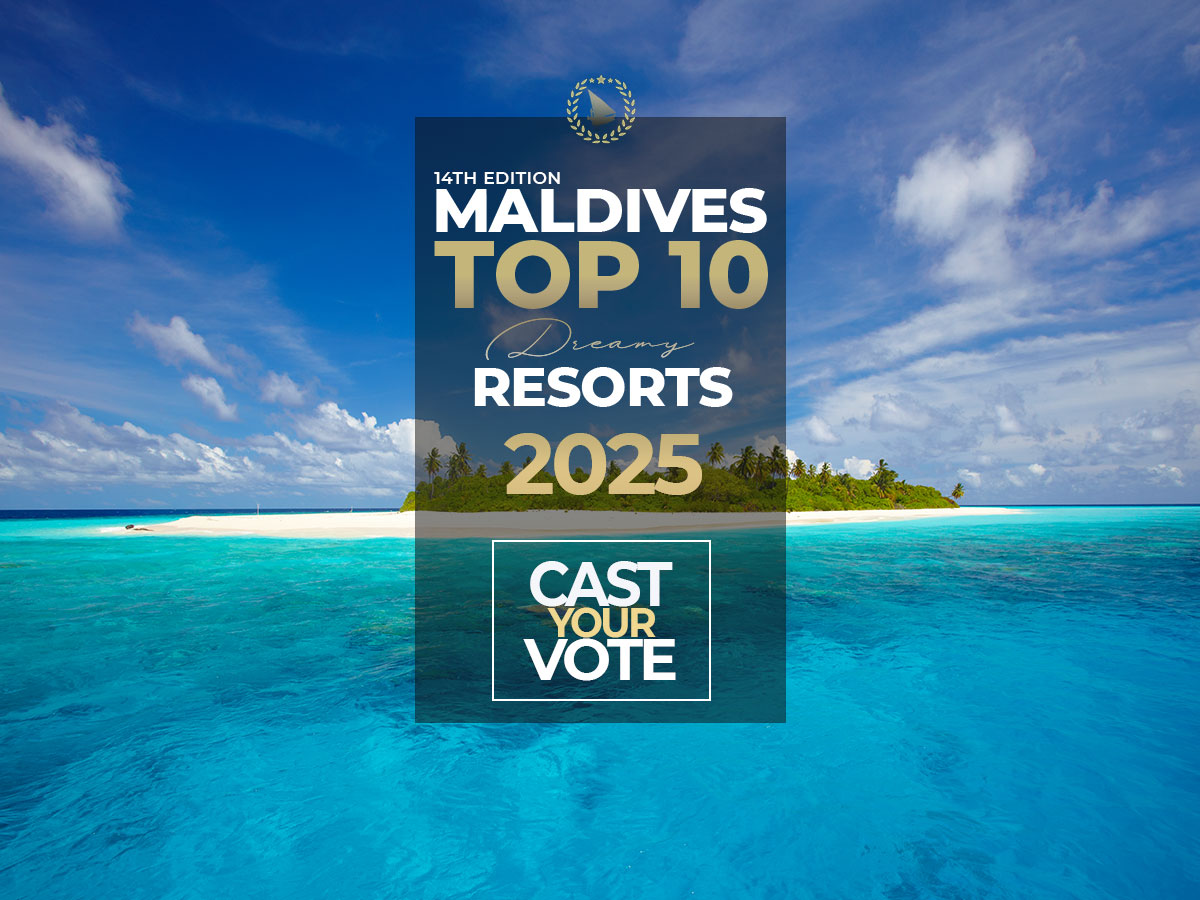What is it like to build a resort in the Maldives ? Well, it’s really a big challenge to transform an island to a tiny city.
Today, we explore some of the complexities and feats of construction that transform isolated islands into resorts. You will see that the process is an impressive achievement of engineering and creativity.

The process of transforming a deserted tropical island into a small village is a serious challenge and poses a significant risk to the fragile surrounding environment.
The superb island nation, paradise on Earth, is a gigantic honeypot for hotels and tourists…bringing almost 1 000 000 visitors a year on a few hundreds of tiny islands having basically nothing else than white coral sandy beaches, lagoons and coconut trees…and all separated from each others !
Yes. building a resort in Maldives is a brain TEASER
Each resort, at time of construction, is an unthinkable challenge from the first to the last step of pre-operation, with tons of building material brought each day by boat, from Asia or Middle East to Male, the capital, and then from Male to the resort itself, sometimes located at miles and miles away from the capital.
To build a resort is a brain teaser for engineers but mostly, and apart from being extremely costly it has also considerable bad side-effects on the very fragile Maldivian environment and ecosystem.
From an island to a tiny city
What about the water ? The electricity ? ..and the waste ?
Each resort is autonomous and can be assimilated to a tiny city with its own power supply generators and seawater desalination installation, pumping each day a reasonable amount of fuel to work for the tenth of thousands of visitors to come.
Logistical Challenges
The remoteness of the Maldives means that transporting construction materials and equipment is a significant hurdle. Everything has to be shipped to the island, often from distant countries, making the process expensive and time-consuming. Additionally, labor has to be brought in, and accommodations for workers have to be created on-site.

Since many islands in the Maldives are undeveloped, building a resort involves creating infrastructure from scratch. This includes power generation (often via solar ), water desalination systems, and waste management. Resorts have to be self-sustaining and independent of external infrastructure, essentially transforming the island into a small, fully functional village.
Sewage treatment. But where does the dirty water from your villa go ?
Sewage treatment is probably one of the most critical aspect of operating resorts in the Maldives. Some can wonder if the water is not flushed directly into the ocean beneath or via the pipes located on the beaches. It’s a logical wonder.
Here’s an overview of how sewage treatment typically works for resorts in the Maldives.
Sewage treatment is handled on-site. Most resorts use advanced sewage treatment plants (STPs) that process wastewater to minimize its impact on the environment. These systems are typically designed to treat both solid and liquid waste from guest villas, kitchens, and other facilities.
Waste is then separated into sludge and water, allowing the water to be treated further.
Many high-end resorts are adopting sustainable practices by reusing treated water for irrigation, gardening toilet flushing and cooling systems.
More and more entry-level resorts are also starting to use eco-friendly procedures too, but there are still relatively few that have implemented these practices effectively…
The solid waste left after sewage treatment is usually dehydrated and safely disposed of. In some cases, resorts transport sludge to central waste management facilities on larger islands or recycle it for use as fertilizer in non-sensitive areas, like at Gili Lankanfushi (in photos hereunder) or Soneva Fushi, the pioneer in sustainable tourim.
Some of my photos of the waste management center at Gili Lankanfushi Maldives



Electricity. How Resorts Power Your Stay in the Maldives ?
In the Maldives, resorts rely on power supply generators to meet their energy needs. However, with the increasing focus on sustainability, many resorts are also incorporating renewable energy sources, such as solar panels, like Kudadoo Maldives Private Island which is entirely powered by not less than 984 solar panels, or Soneva Fushi who uses solar energy for more than a decade.
Sustainability Efforts
Many resort developers are now more focused on creating eco-conscious properties. This can include green building certifications, marine conservation programs, coral reef rehabilitation, and the use of sustainable materials. Due to rising sea levels, sustainability is also about protecting the future of the islands and the long-term viability of resorts.
Read more about tourism impact on environment and green initiatives in Maldives :
– No more plastic in Maldives !
– Solar energy at Soneva Fushi
– Solar energy at Gili Lankanfushi Maldives
Follow us on Facebook, Youtube and Instagram
for more Maldives Dreams & Stories
[ Official ]
Traveler's Choice
14th Edition























